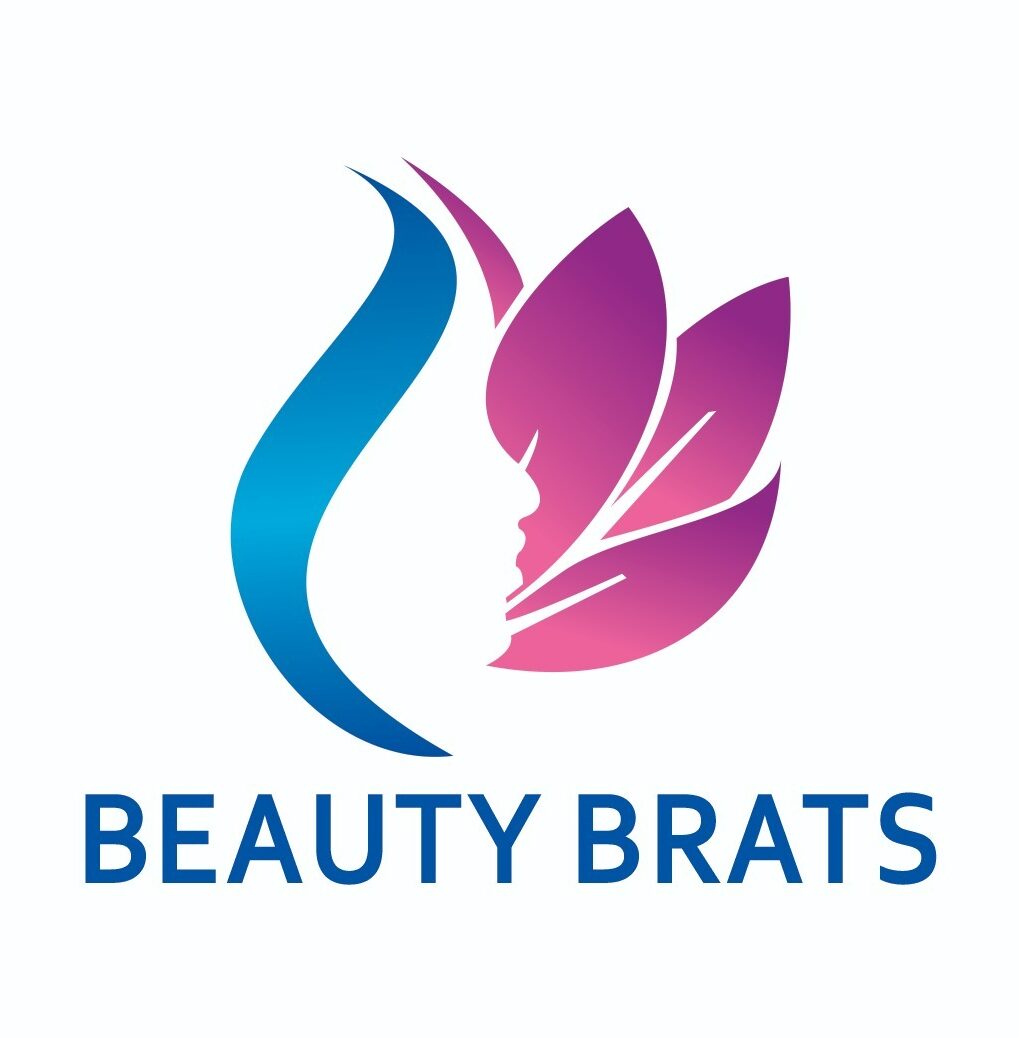Posted by:
Category:
Comments:
Post Date:
Deploy your Stateful Web Applications in Docker Swarm using Traefik Sticky Sessions
Content
For example, Docker is a container engine with a container orchestration tool , and a dedicated image registry . Kubernetes was designed specifically to address the operational concerns of running containers in production. It recognizes the anticipated—and unanticipated—complexities of running containers on different docker swarm icon systems and in different environments. Kubernetes is an open source container orchestration platform, meaning it schedules and automates the management and deployment of containers on Kubernetes clusters across diverse platforms. Portainer is very intuitive and makes the creation of services and stacks very easy.

Josh Campbell is a product manager for Atlassian and has worn many hats in his career. He enjoys working on things that make the job of an engineer easier and has deep customer empathy, especially when it comes to working with bad technology tools. In his spare time, Josh likes biking with his daughters, eating and drinking things that are bad for him, and playing with new technologies. Specifically, Docker Swarm is using round robin routing every time you access the blog. Because of this, your browser uses a different container for every request.
Why You Should Crawl, Walk, Run When Adopting Containerization and Migrating Legacy Applications to Containers
In case an update does not work as expected, you can always roll back to the stable, earlier version. Both Docker Swarm and Kubernetes support Role-Based Access Control . However, Docker Swarm nodes also implement TLS mutual encryption and authentication to protect what they communicate with each other. Docker Swarm does not provide automated scaling based on resource utilization, unlike Kubernetes.
Console with local storage is not recommended for production-grade setups. This procedure is optimized to get Prisma Cloud installed and set up in your Docker Swarm cluster quickly. There are many ways to install Prisma Cloud, but https://globalcloudteam.com/ we recommend that you start with this procedure first. You can tweak the install procedure after you have validated that this install method works. In 2017, Docker created the Moby project for open research and development.
How To Reduce And Optimize Your Container Costs
It coordinates clusters of nodes in production—at scale—to accomplish all the tasks listed above. Kubernetes works around the concept of pods, which are scheduling units that can include one or more containers. Multiple instances of each pod are distributed among nodes to provide high availability. Google Cloud Monitoring works for monitoring your organization's Google Compute infrastructure out of the box, but it has its limitations.
Because they serve two different purposes, Kubernetes vs Docker isn’t an either-or topic. In fact, in many cases, Docker and Kubernetes are used together across DevOps pipelines. However, in addition to the Docker platform, the company Docker, Inc. also offers Docker Swarm which is a container orchestration tool comparable to Kubernetes. The Prisma Cloud install supports Docker Swarm using Swarm-native constructs.
- If you have an account with great learning, you will receive an email to set your password.
- Defender is installed as a global service, which ensures it runs on every node in the cluster.
- OpenShift also provides premium support, a user-friendly login portal, and supports multiple programming languages (Go, Node.js, Java, Ruby, Python, and PHP).
- Both are open-source container orchestration platforms that enterprises can use to manage and scale container deployments.
- There are multiple methods to choose from to implement networking.
This guide compares the differences between Kubernetes, Docker, and OpenShift so you can decide which container platform best suits your needs. ©Copyright 2023 Geniusee - Software product development services. Real estate software development company handles complex challenges by creating products and software for a very demanding domain.
Learn more
But you can create a Docker image registry instead, such as Docker Hub. As with Kubernetes and Docker, OpenShift can serve as a Platform and a tool . It also supports automatic and manual scaling of containers, CI/CD tools, and multi-tenant deployments. As an engineer, you can use Kubernetes as a platform, as a type of container operating system, or as a container orchestration tool. Docker Swarm is a tool for clustering and scheduling Docker containers.
Kubernetes bundles a set of containers into a group that it manages on the same machine to reduce network overhead and increase resource usage efficiency. An example of a container set is an app server, redis cache, and sql database. At this point, we have deployed WordPress in high availability mode with sticky sessions enabled.
Docker Swarm Logo, HD Png Download
Both are used by teams to enhance the workload of those microservices. Normally, if we create an application and it needs to work correctly in production, traditionally we must use additional programs on a server. Using Kubernetes, we can launch individual containers for each program and Kubernetes allows the programs to work seamlessly together with an application.
Deciding whether to go with Docker Swarm or Kubernetes can be tricky. To help make your choice a little easier, let's briefly explore some of comparison between Docker Swarm and Kubernetes so that you can better decide which one will fit your environment best. Workload orchestration is vital in our modern world, where automating the management of application microservices is more important than ever. But there's strong debate on whether Docker Swarm or Kubernetes is a better choice for this orchestration. Let’s take a moment to explore the similarities and differences between Docker Swarm and Kubernetes and see how to choose the right fit for your environment.
Courses for Free
SELinux blocks access to the Docker socket because it can be a serious security issue. Unfortunately, Swarm doesn’t provide a way for legitimate services to run with elevated privileges. None of the --security-opts, --privileged, or --cap-add flags are supported for Swarm services. As a work-around, install single Container Defenders on each individual node in your cluster. Red Hat designed OpenShift as an enterprise-grade, open-source container orchestration platform.
However K8s offers features and extensibility that allow more complex system setups, which is often a necessity. It uses a filtering and scheduling system to provide intelligent node selection, allowing you to pick the optimal nodes in a cluster for container deployment. In enterprise applications, the number of containers can quickly grow to an unmanageable number.
What Is Kubernetes?
Installation is easy as swarm uses Docker APIs and Docker CLI to run services without any external tools. Docker Swarm has automatic load balancing, while Kubernetes does not. However, an external load balancer can easily be integrated via third-party tools in Kubernetes. Tools, services and software that run with Docker containers will also work well with Swarm. It’s too heavyweight for individual developers to set up for simplistic apps and infrequent deployments. Please note that GL Academy provides only a part of the learning content of our programs.
Each container needed for an application may have multiple replicas, and incoming requests are distributed by load balancers across the replicas. Kubernetes is more complex to set up in the beginning but offers greater flexibility and features. Kubernetes supports multiple deployment strategies out of the box, can manage your network ingress, and provides observability out of the box into your containers. All major cloud vendors offer managed Kubernetes services that make it significantly easier to get started and take advantage of cloud native features, like auto-scaling. Kubernetes is an orchestration system for running containers, and it automates the process of deploying, operating, and scaling containerized applications. Alternatively, Docker creates containerized applications that can be run manually using the Docker runtime or via an orchestrator.
IT can more easily isolate and eliminate environment issues without needing to know how individual machines are set up. Portainer supports Kubernetes, Docker, Swarm and Nomad running in any data center, cloud, network edge or IIOT device. Kubernetes monitors the running environment and compares it against the desired state. It performs automated health checks on services and restarts containers that have failed or stopped. Kubernetes only makes services available when they are running and ready. The first thing we'll do is deploy WordPress using Docker Swarm in high availability mode.
Get access now
A docker swarm consists of the following elements that work together to manage that larger software environment. Since Kubernetes is open source, it's also compatible with most platforms and tools. In addition, it includes a large and active developer community that provides technical support and networking opportunities. Despite its steep learning curve and configuration, Kubernetes provides superior horizontal scaling and supports a vast collection of plugins to extend its functionality. And learn more about how Cloud Volumes ONTAP helps to address the challenges of containerized applications in these Kubernetes Workloads with Cloud Volumes ONTAP Case Studies. Trusted Registry is a repository similar to Hub, but it provides an added layer of ownership and control over the storage and distribution of container images.
After you login to the first container, your traffic is routed to the second — which you aren't logged in to. After you've logged into all 3 of them, then everything works fine. Extremely useful for applications where you don't login, but really annoying if you need to. WordPress is one of the most popular content management systems in use today. By default, it contains stateful components such as session management.
